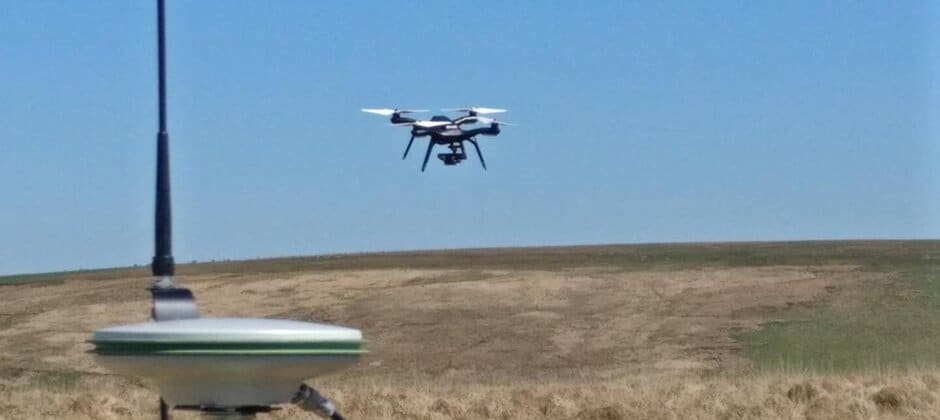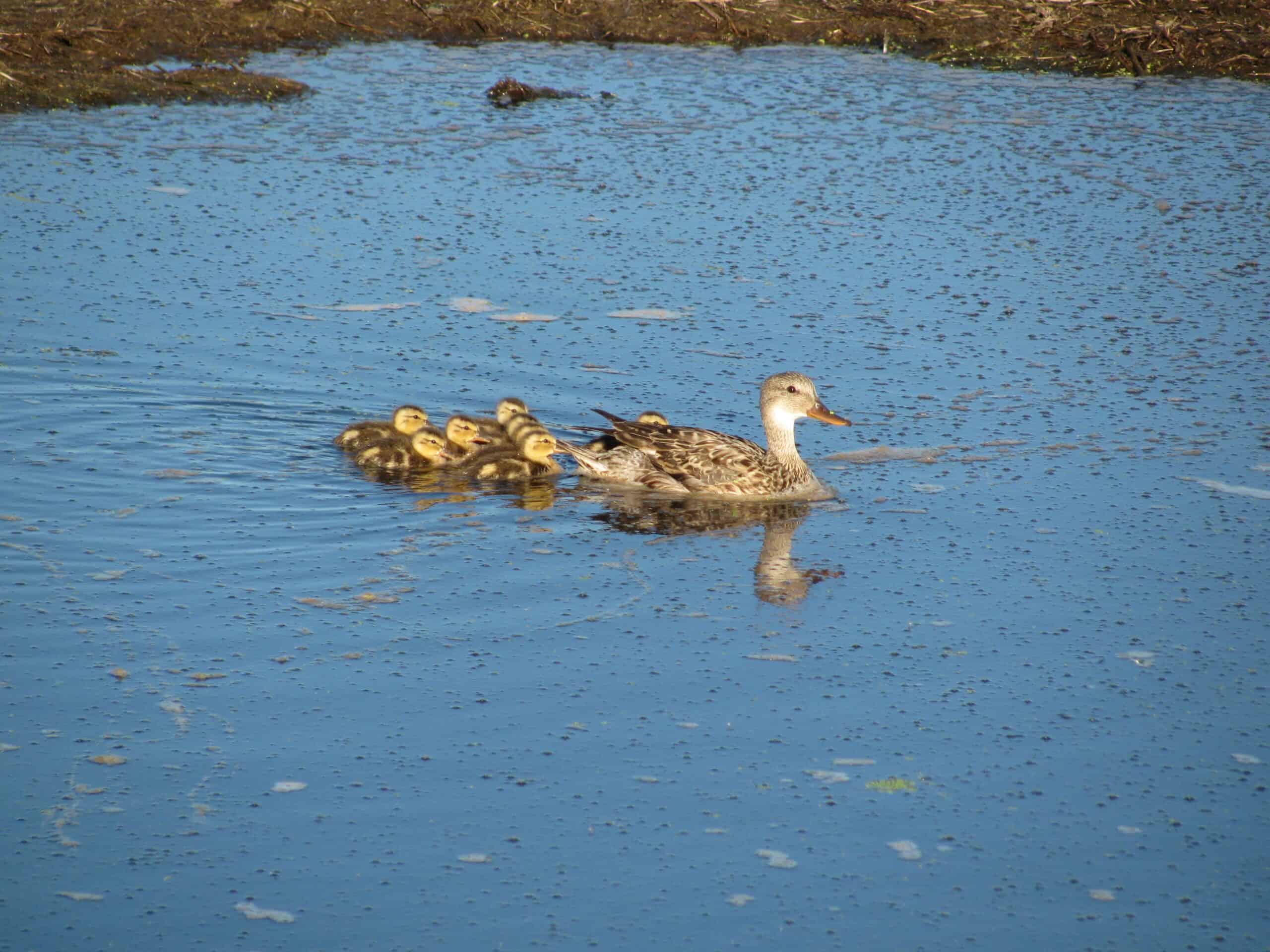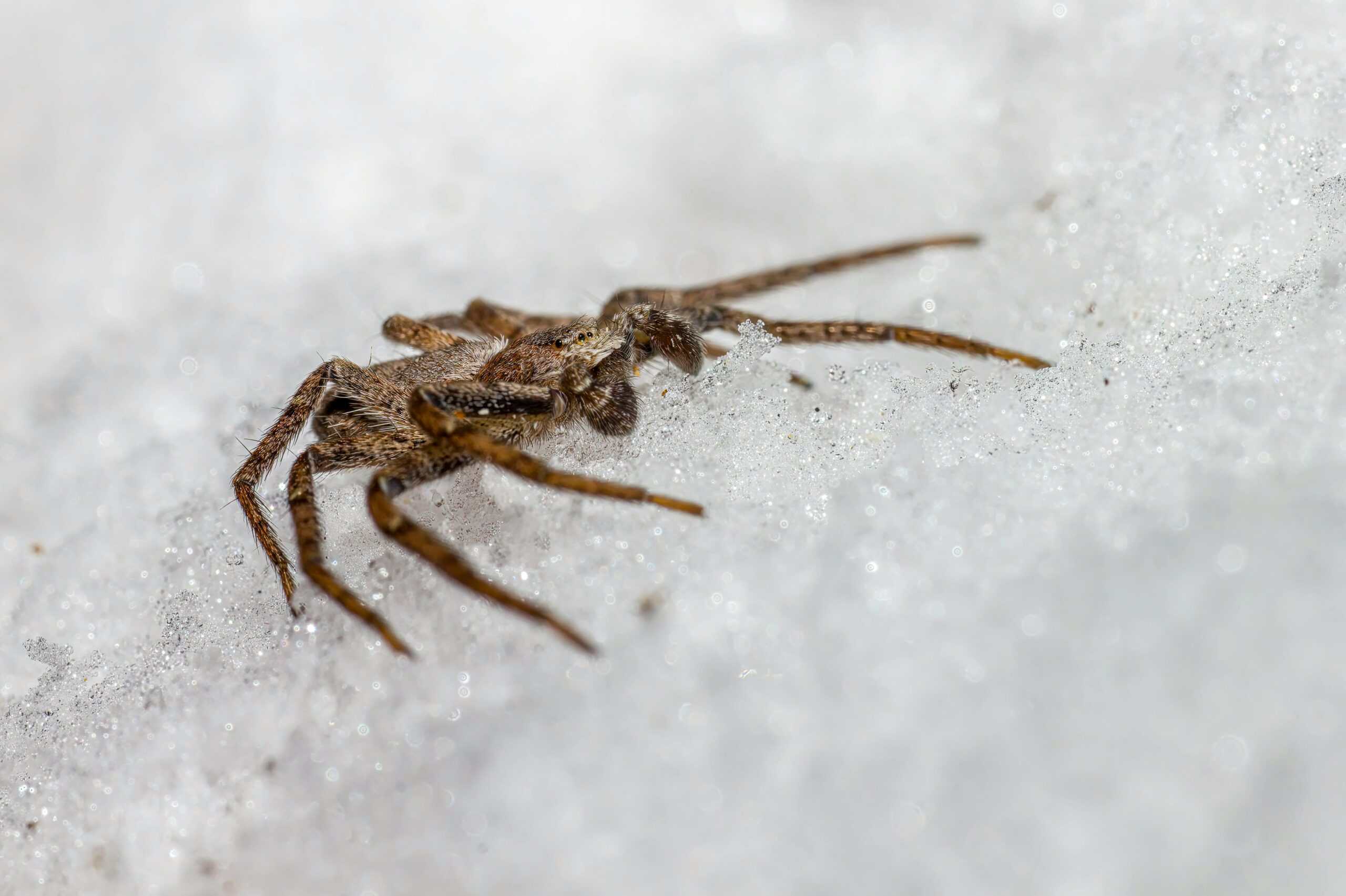Share this article
WWF outlines drone guidelines for conservation
Being precautionary, following ethical rules set by institutions and using the right drone for the job are among some of the “best practice” guidelines the World Wildlife Fund and the University of Exeter have released regarding using drones for conservation.
“This is a detailed handbook for conservation practitioners — not just academics — to understand the benefits, opportunities, limits and pitfalls of drone technology,” said Karen Anderson, the DroneLab leader in the Environmental and Sustainability Institute at the University of Exeter in a press release.
Anderson, who teamed up with WWF, co-led the report outlining the guidelines published as part of a series on Conservation Technologies and Methodologies.
Drones have been used for conservation in the past to study topics from revealing grebe nesting activity to estimating mammal abundance. “Drones are often hailed as a panacea for conservation problems, but in this guide we explain — with reference to detailed case studies by conservation managers and scientists — how and where drones can be used to deliver useful information, and what the key considerations surrounding their use can be,” Anderson said.
Anderson and her colleagues lay out practical case studies as well as examples of ways drones should and should not be used.
They came up with a number of suggestions to guide conservationists who want to use drones in their projects. Those include taking precautions and care if endangered species or habitats are involved and following ethical rules and processes set by their institutions. They also recommend researchers be aware of local and national rules and laws; make sure they are using the right drone for the job, especially if they drone may impact an animal’s vision or hearing; minimize wildlife disturbance by launching and landing away from animals; and monitor nearby humans and animals during flights.
Co-author Aurélie Shapiro, a Senior Remote Sensing Specialist from WWF Germany’s Space+Science group, said she bought a drone to use for conservation projects but quickly realized rules need to be followed to ensure safety of wildlife and humans.
“It was clear we needed to communicate this wealth of information to the growing drone community so that scientists lead by example with good protocols,” she said.
Header Image: New guidelines offer best practices for using drones for conservation purposes. Credit: Karen Anderson








